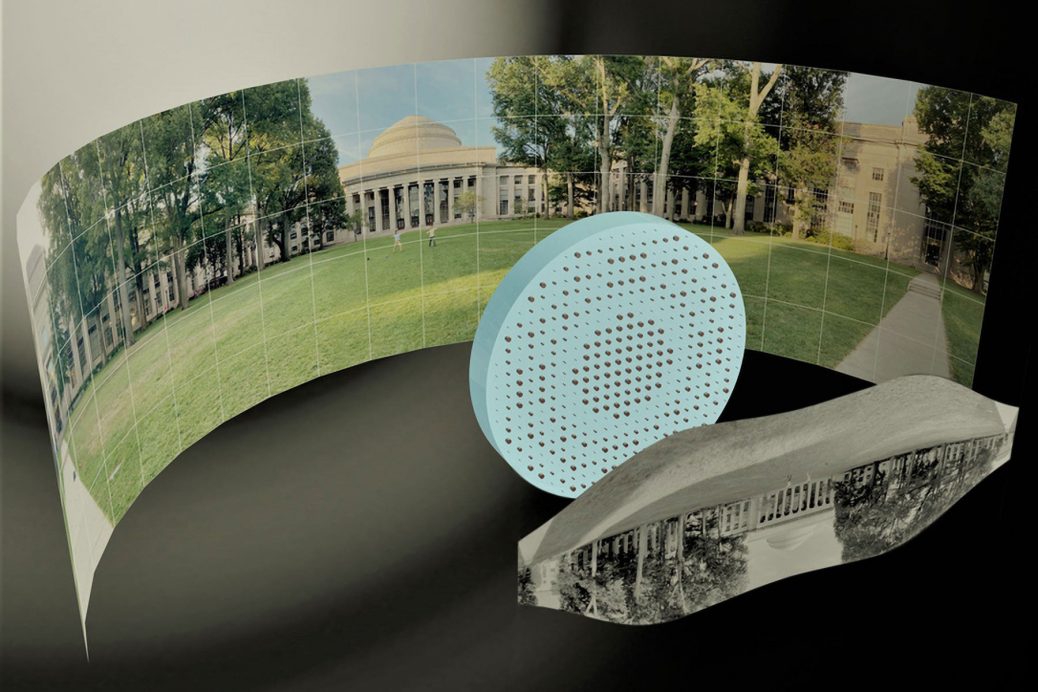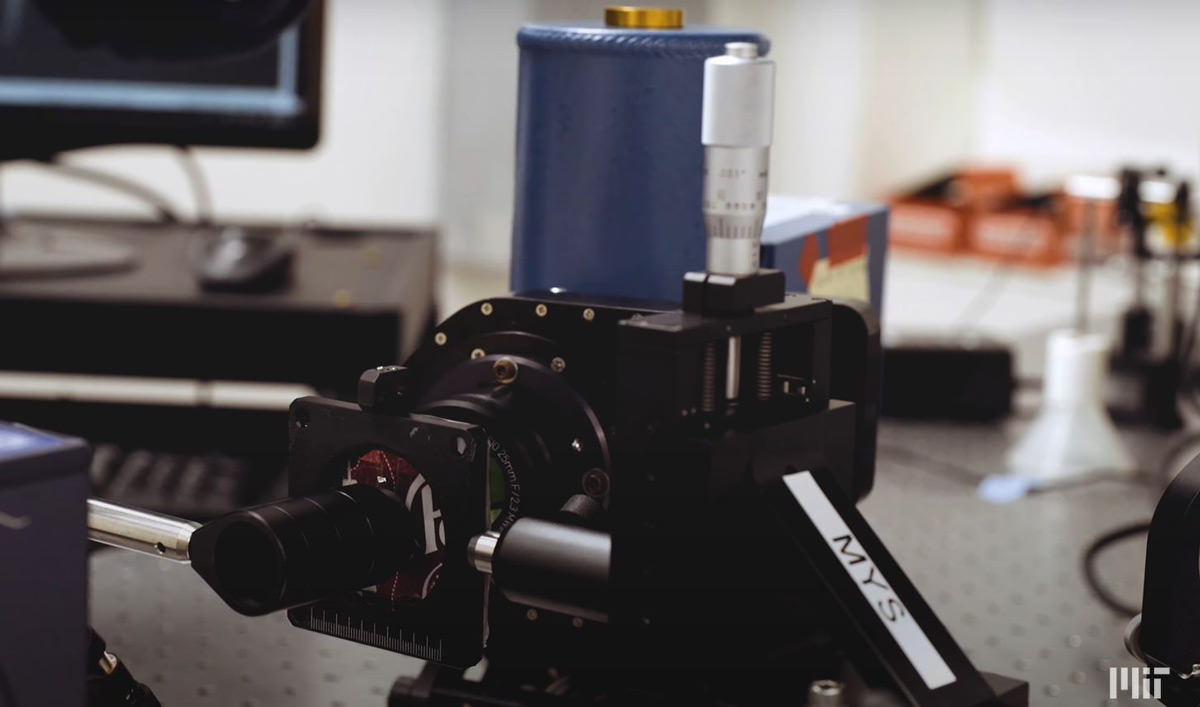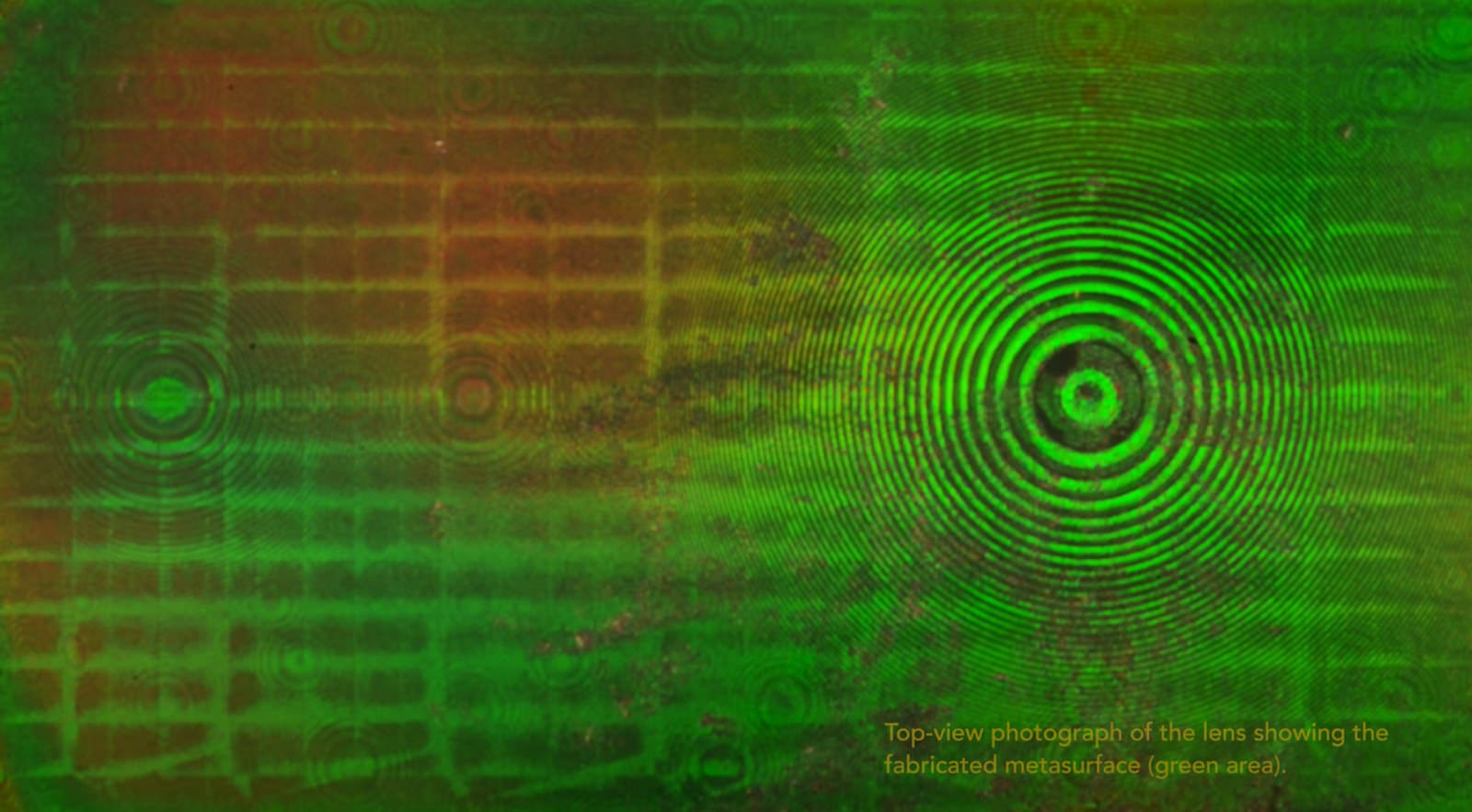MIT Engineers Develops World’s First Flat Ultra-Wide-Angle Fisheye Lens
To capture panoramic views in a single shot, photographers typically use fisheye lenses — ultra-wide-angle lenses made from multiple pieces of curved glass, which distort incoming light to produce wide, bubble-like images. Their spherical, multipiece design makes fisheye lenses inherently bulky and often costly to produce.
Researchers with the University of Massachusetts at Lowell and MIT have developed a new type of fisheye lens that is flat and crafted from a single piece of glass. The lens is round, according to the researchers, and it is capable of capturing sharp 180-degree panoramas. This is the first flat fisheye lens made from a single piece of glass, which measures 1mm thick.
MIT associate professor Juejun Hu, one of the researchers on the project, explained: “This design comes as somewhat of a surprise because some have thought it would be impossible to make a metalens with an ultra-wide-field view. The fact that this can actually realize fisheye images is completely outside expectation. This isn’t just light-bending — it’s mind-bending.”
The new design could potentially be adapted for a range of applications, with thin, ultra-wide-angle lenses built directly into smartphones and laptops, rather than physically attached as bulky add-ons. The low-profile lenses might also be integrated into medical imaging devices such as endoscopes, as well as in virtual reality glasses, wearable electronics, and other computer vision devices.
In conventional fisheye lenses, the curvature of the glass naturally creates a distribution of phase delays that ultimately produces a panoramic image. The team determined the corresponding pattern of meta-atoms and carved this pattern into the backside of the flat glass.
“We’ve designed the backside structures in such a way that each part can produce a perfect focus,” Hu says.
On the front side, the team placed an optical aperture or opening for light.
“When the light comes in through this aperture, it will refract at the first surface of the glass, and then will get angularly dispersed,” Shalaginov explains. “The light will then hit different parts of the backside, from different and yet continuous angles. As long as you design the backside properly, you can be sure to achieve high-quality imaging across the entire panoramic view.”
This research was funded in part by DARPA under the EXTREME Program.
More info on MIT website.



